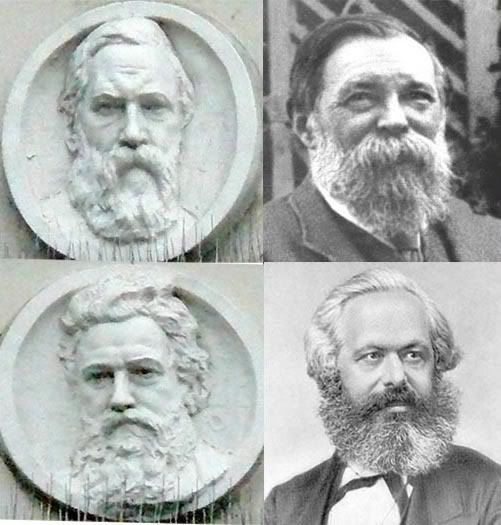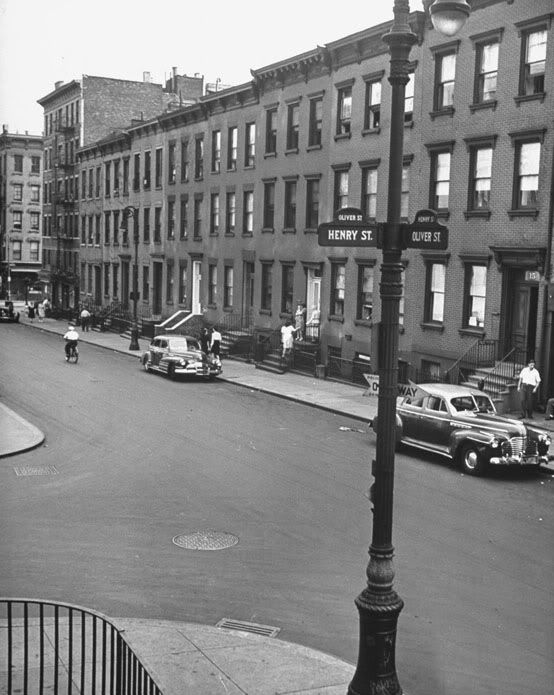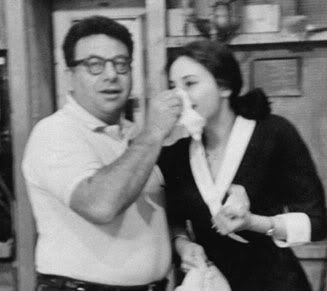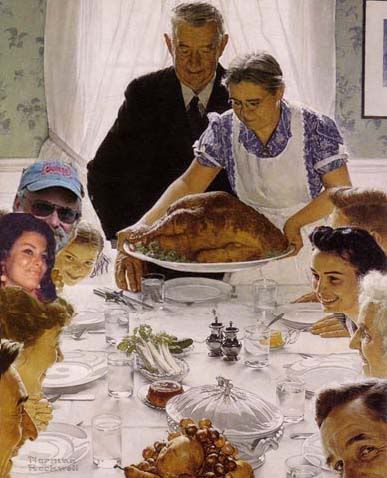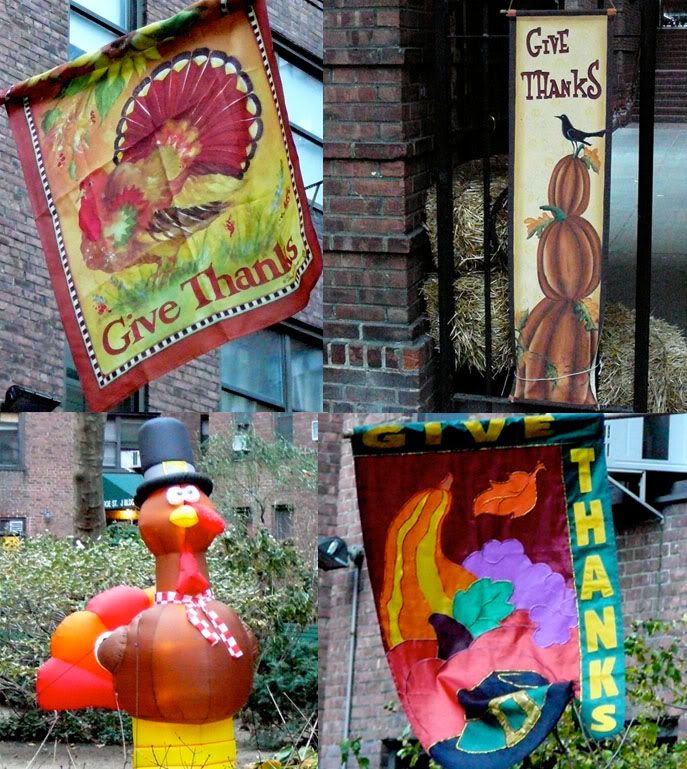above from the forward building site
below from the nytimes' streetscapes by christopher gray
THE JEWISH DAILY FORWARD BUILDING, at 175 East Broadway, was built in 1912 as the Socialist paper reached new highs in circulation among its audience of Yiddish-speaking immigrants. The Forward moved out 24 years ago, succeeded by a Chinese church, but now a condominium conversion is under way.
First published in 1897, the Yiddish-language Forward was born as Jewish immigration swelled the New York sweatshops and labor unions. It had close ties to the Socialist Party, taking the name of the successful Socialist paper in Berlin. The first editor, Abraham Cahan, had to leave Russia after revolutionary activities, and it was he who molded the paper into more than just a broadside of ideology.
Cahan was convinced that to reach the working-class immigrant, he had to write of daily life, so The Forward included not just world politics but also local news, short stories and a free-for-all advice column, the Bintel Brief (''packet of letters''), with responses from both editors and readers on love, money, ethics and getting along in America.
The Forward Association, which controlled the paper, was incorporated in 1901 ''for the purpose of distributing literature, social and economic science.'' In 1906 the association bought the building at 175 East Broadway, between Rutgers and Jefferson Streets, across from the new Seward Park. Circulation continued to grow, and in 1910 the association bought the building at 173 East Broadway and filed a permit for a new 10-story structure on the two-lot site.
Shortly after that the directors of the association amended their corporate certificate to include operating a building but still ''to adhere to and propagate the principles of International Socialism.''
Designed by George Boehm, the midblock Forward Building still towers over the three- to five-story houses and tenements in the area. A common story is that it was built in reaction to the capitalist symbolism of the 12-story Jarmulowsky Bank building, two blocks away at the southwest corner of Orchard and Canal Streets, but that building was begun a year after The Forward's.
The cream-and-tan exterior has the same light tones and delicate terra cotta that Boehm used a few years later on the Chalif Dancing School, still standing at 163 West 57th Street. Above the second floor of The Forward Building, a series of relief busts depict four famous socialists, including Karl Marx and Friedrich Engels. Above them two oversize reclining figures in classical dress against a blue background flank a torch, an image that runs through the building's decoration.
The Forward Building was completed in 1912 -- the same year the Socialist Eugene V. Debs polled 901,000 votes in the Presidential election. In that year The Evening Post reported that Cahan's paper generated thousands of dollars of profit, all used to support working-class causes like organizing consumer strikes. Circulation was 120,000.
In 1922, Oswald Garrison Villard, editor of The Nation, called The Forward ''America's most interesting daily,'' noting that the eight-page newspaper had generated assets of $1 million and given about $35,000 a year to labor and charity organizations.
Telephone directories list among the building's other tenants the Butchers' Union Local 509, the Jewish Socialist Verband (Organization), the Naturalization Aid League and the offices of the Workmen's Circle Cemetery.
The 1920's were the peak years for circulation, which reached 275,000, as the paper served both recent immigrants and those who had moved up and out of the Lower East Side. Shirley Zavin, who researched the building for the Landmarks Preservation Commission -- which designated it a landmark in 1986 -- called the paper ''the giant'' among New York's Yiddish dailies.
New laws in 1924 and 1929 tended to restrict Jewish immigration, and by 1939 the circulation was down to 170,000.

